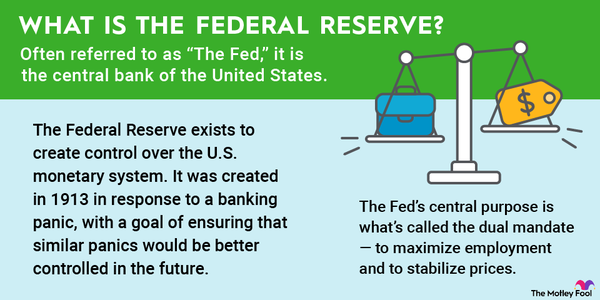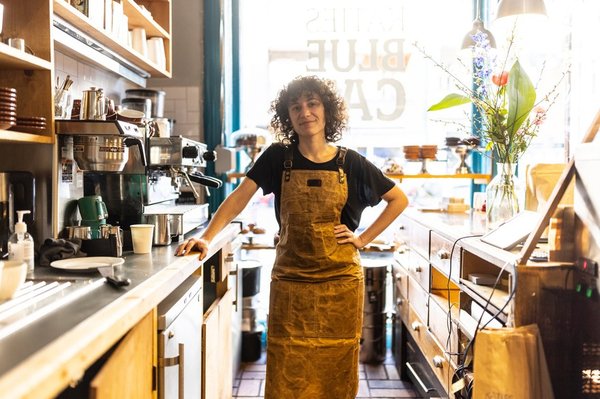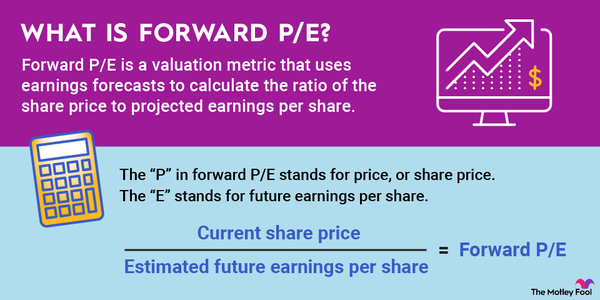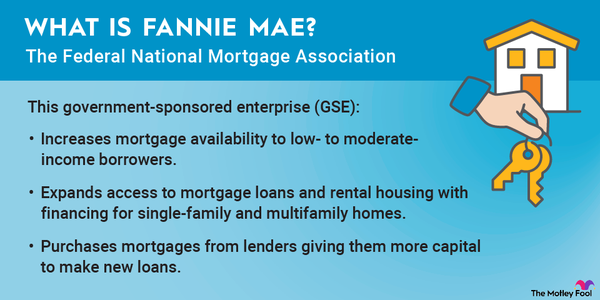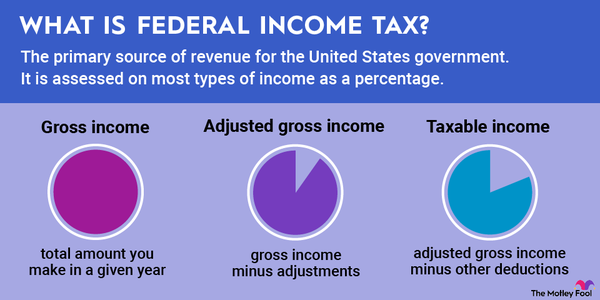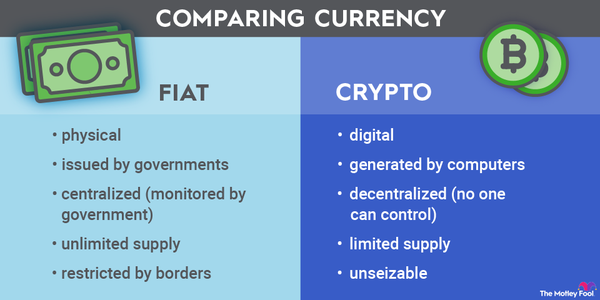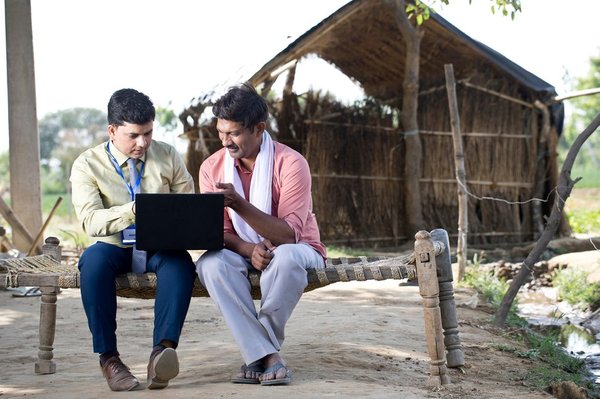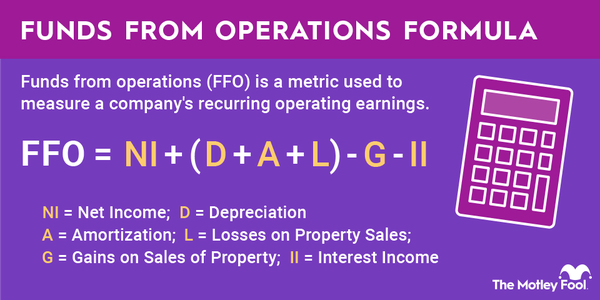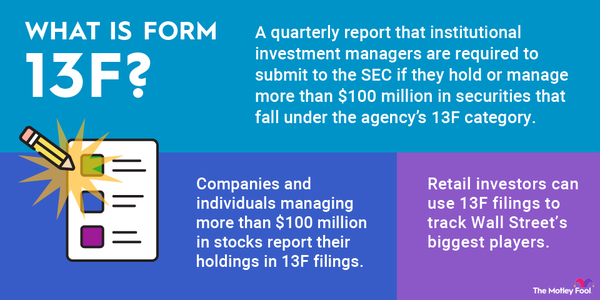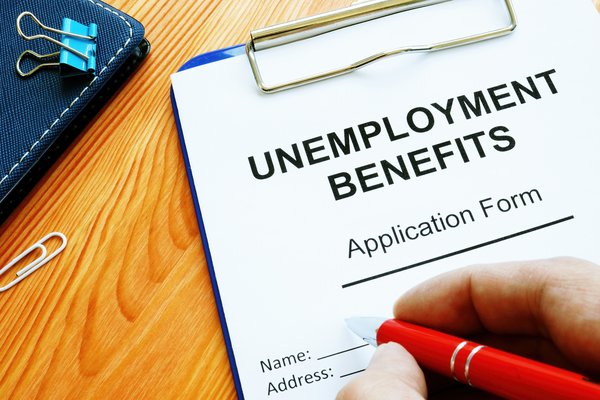A franchise is a packaged business model that an entrepreneur, the franchisee, licenses from a brand owner, the franchisor. This practice, called franchising, provides a path to entrepreneurship that can be more formulaic and efficient than an independent business launch.

Understanding franchises
Understanding franchises
Franchising serves two ends. For the franchisee, the franchise is a business opportunity. For the franchisor, the arrangement is a brand expansion strategy.
The relationship between the franchisee and the franchisor is governed by a dense legal agreement that outlines each party's responsibilities. Typically, the franchisee pays licensing fees, funds the business launch, and operates the business according to the franchisor's rules and practices. In return, the franchisor provides business expertise and support, which can include:
- Access to branded products and proprietary knowledge.
- Brand marketing.
- Defined operational processes.
- Coaching and training.
- Supplier negotiation.
- Guidance on business location and development.
- Networking with other franchisees.
The UPS Store (UPS -1.34%), Subway, and Wendy's (WEN 0.0%) are three brands that franchise their locations. There are many more franchise opportunities available across different industries, from automotive to travel.
Pros and cons
Pros and cons of franchises
There are advantages and disadvantages to buying a franchise vs. launching an independent business. The advantages include:
- Franchisees benefit from brand recognition. Subway franchisees can secure new customers quickly because people already know Subway. An unknown sandwich shop with a similar offering has to overcome the hurdle of educating would-be customers about its brand and menu.
- Branding decisions have already been made. Franchisees don't have to design a logo, write a tagline, or choose brand colors. They probably don't have to create employee uniforms or plan the layout of their business location, either. With those decisions already made, the franchise launch is relatively streamlined.
- Franchisees may have access to lower-priced materials. Franchisors often negotiate with suppliers using the scale of their franchisee network to secure better pricing.
- Franchisees can follow a proven business model. Franchisors should provide various resources that document success factors and business practices. These might include handbooks, presentations, on-site training, and meet-ups with other franchisees.
Disadvantages of franchises relative to independent business launches are:
- Franchisees and franchisors can have conflicting objectives. The franchisor's objectives revolve around the health of the franchise network and the brand, which may conflict with what an individual franchisee needs.
- Start-up and ongoing costs can be high. The most popular franchises require steep upfront and ongoing fees.
- Franchisees don't have full authority to make business decisions. Franchisees must follow the business and brand plan outlined by the franchisor. There is limited opportunity to make product or branding decisions.
- Benefits can range dramatically from business to business. Some franchise businesses have no brand recognition and minimal defined processes. There are business-to-business franchises in the marketing field, for example, that only provide access to tools and services the franchisee must resell.
Questions to ask
Questions to ask
Franchisors can vary in quality, and business models can deliver varying results across different markets. Therefore, careful research is required to identify franchise opportunities suitable to your situation. Unfortunately, it's not enough to review the franchisor-provided materials. These are likely crafted as sales pieces to encourage an investment in the business.
Topics of focus in your franchise research should include:
- Franchisee statistics. On average, how long does it take new franchisees to achieve profitability? What is the breakeven timeline? What is the failure rate?
- Franchisor support. What level of business support does the franchisor provide?
- Cost structure. What are the start-up costs and ongoing licensing fees?
- Success factors. What skills and experience did the most successful franchisees bring to the business?
- Demographics. What are the customer demographics, and how do they compare to my local population?
- Franchisee outlook. Are existing franchisees optimistic about their businesses and growth opportunities?
- Work/life balance. What does a franchisee's day look like? How much do franchisees generally work?
Ideally, you'd pose these questions to a franchisor representative and to several existing franchisees. That way, you can compare the tone and content of their responses for a more complete picture of the opportunity.
Related investing topics
A look at Subway
A look at Subway
Subway has some 44,000 restaurant locations globally, which is more than any other fast-food chain. All are owned by franchisees. The brand currently accepts only experienced entrepreneurs who have the funding to open and operate multiple Subway locations. Notable points about Subway franchising include:
- New Subway franchisees must have $100,000 in cash and a minimum net worth of $150,000 -- per location.
- The estimated start-up costs for a single Subway location is $229,050 to $522,300, not including real estate. Depending on the market, there may also be the opportunity to buy existing Subway locations from franchisees who want to exit.
- The franchise fee is $15,000 per location. Royalty fees are 8% of gross sales. Franchisees also pay advertising fees of 4.5% of gross sales.
- Subway earns incentives and rebates from purchases franchisees make through approved suppliers. Franchisees are required to use preferred suppliers for food purchases and other services such as payment processing.
- New Subway franchisees must complete a three-week training program.
- Subway franchisees have no specified geographic territory. Franchisees can technically open a new location next door to an existing Subway.
- According to franchise database Franchimp, Subway's attrition rate is an estimated 7.12%. This compares negatively to a 4% average attrition rate across fast-food franchises.
- Between 2016 and 2022, 6,500 Subway restaurants closed.
Subway does not publish data on the financial performance of its franchisees. But the estimated attrition rate and the store closure trend indicate that even the most recognized franchised businesses can fail.









